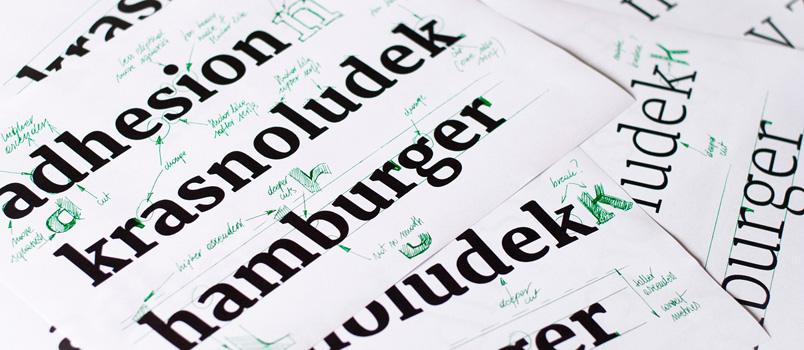So, you’re thinking about diving into the world of graphic design? Great choice! Graphic design is like a playground for the creatively curious. It’s where your ideas get to leap off the page (or screen) and into the real world. But let’s be real: while it’s a field full of color and imagination, it also demands a good chunk of know-how and a dash of strategy to really make your mark.
Whether you’re dreaming of crafting the next iconic logo or shaping the websites of the future, getting the lowdown on how to navigate this exciting industry is key. Right from the start, understand that graphic design isn’t merely about having an eye for beauty; it’s about weaving narratives, solving complex problems, and, occasionally, being a game-changer in how we perceive the world around us.
It’s an art where your creativity meets functionality, where every color, shape, and font choice tells a part of a larger story. In this dynamic field, you’re not just a designer; you’re a visual storyteller, a problem solver, and an innovator. Each project is an opportunity to leave your mark, influence perceptions, and create memorable experiences.
So, are you ready to find out what it takes to build a standout career in graphic design? Let’s jump in!
Start with a Solid Foundation
Diving into a graphic design career? Your first step should be building a solid educational foundation. A graphic design bachelor of fine arts isn’t just a degree; it’s your entry ticket into the world of design. This program equips you with the fundamental skills and knowledge essential for your future career. Here, you’ll dive into various design principles, learning how to blend creativity with functionality. But don’t just stick to the basics. Explore different courses within the program. Try your hand at web design, animation, or user experience design. Finding your niche now can set you on a unique career path later.
Build a Strong Portfolio
A standout portfolio is your best friend in the graphic design industry. It’s more than just a collection of your work; it reflects your style, skills, and versatility. Start curating your portfolio early. Include a mix of class assignments, personal projects, and any freelance work you’ve done. Make sure each piece showcases a different skill or style. And remember, quality over quantity. It’s better to have a handful of exceptional pieces than a dozen mediocre ones. Think of your portfolio as a constant work in progress. As you grow and evolve as a designer, so should your portfolio.
Master Industry-Standard Software
In the graphic design world, software skills are non-negotiable. Adobe Photoshop, Illustrator, and InDesign should be your bread and butter. But don’t stop there. The more tools you master, the more versatile and in-demand you’ll be. Remember, these software tools are just instruments. They’re there to bring your creative visions to life. So, invest time in learning them inside out. Online tutorials, courses, and workshops can be invaluable resources. The goal? To reach a point where the software becomes an extension of your creative mind.
Stay Updated with Design Trends
Design is an ever-evolving field. What’s trendy today might be outdated tomorrow. So, staying updated with the latest design trends is crucial. But it’s not just about following trends; it’s about understanding them. Why is a particular style gaining popularity? How can you incorporate elements of it into your work while still maintaining your unique voice? Follow industry leaders on social media, subscribe to design magazines, and attend design conferences. This will not only inspire you but also keep your designs fresh and relevant. Remember, being aware of trends doesn’t mean blindly following them. It’s about informed inspiration.
Network within the Industry
Graphic design is as much about who you know as what you know. Networking can open doors to new opportunities, collaborations, and insights. Start building your professional network while you’re still in school. Attend industry events, join design organizations, and participate in online design communities. Social media platforms like LinkedIn and Instagram are great for connecting with other designers and industry professionals. Don’t be shy to reach out to designers you admire for advice or feedback. Most people are happy to share their experiences and wisdom. Remember, every interaction is a potential opportunity to learn and grow.
Engage in Continuous Learning
The graphic design landscape is continuously evolving, with new technologies, trends, and methodologies emerging regularly. Staying ahead in this dynamic field requires an unending commitment to learning. Consider engaging in online courses, workshops, and additional certifications. These can deepen your expertise in specific areas, like digital illustration or user interface design, keeping you competitive and versatile. Remember, continuous learning is not just about keeping up with new tools or trends; it’s about refining your design thinking, enhancing your problem-solving skills, and broadening your creative horizons.
Seek Real-World Experience
While academic learning provides a strong foundation, real-world experience is invaluable in understanding the practical aspects of graphic design. Engage in internships, take on freelance projects, or even work part-time in a design-related role. These experiences allow you to apply your theoretical knowledge in practical scenarios, deal with real clients, and understand the business side of design. They also offer a glimpse into the workflow and dynamics of the design industry, helping you build not just your portfolio but also your professional acumen and network.
Develop a Specialization
While a broad skill set is beneficial, specialization can set you apart in the competitive field of graphic design. Whether it’s branding, motion graphics, user experience design, or another niche, developing a specialization allows you to dive deep into a particular area, becoming an expert. This doesn’t mean you ignore other aspects of design; rather, you focus your learning and practice on an area you’re passionate about. Specialization can make you more attractive to employers looking for specific skills and can also help you command higher rates as a freelancer.
Embrace Feedback and Critique
Feedback and critique are integral to the design process, offering opportunities for growth and improvement. Learning to accept and constructively use feedback is a vital skill. It’s not always about making changes based on every piece of feedback but understanding different perspectives and making informed decisions to refine your work. Cultivating a positive attitude towards critique can significantly accelerate your growth as a designer.
Conclusion
Embarking on a career in graphic design is an exciting journey filled with endless opportunities for creativity and innovation. By continuously learning, seeking real-world experiences, developing a specialization, cultivating essential soft skills, and embracing feedback, you can build a successful and fulfilling career in this dynamic field. Remember, the key to success in graphic design lies not just in your artistic ability but in your willingness to grow, adapt, and engage with the community around you. Whether you’re just starting out of college or you’re a seasoned designer, these principles can guide you toward achieving your career aspirations and leaving a mark in the world of design.





